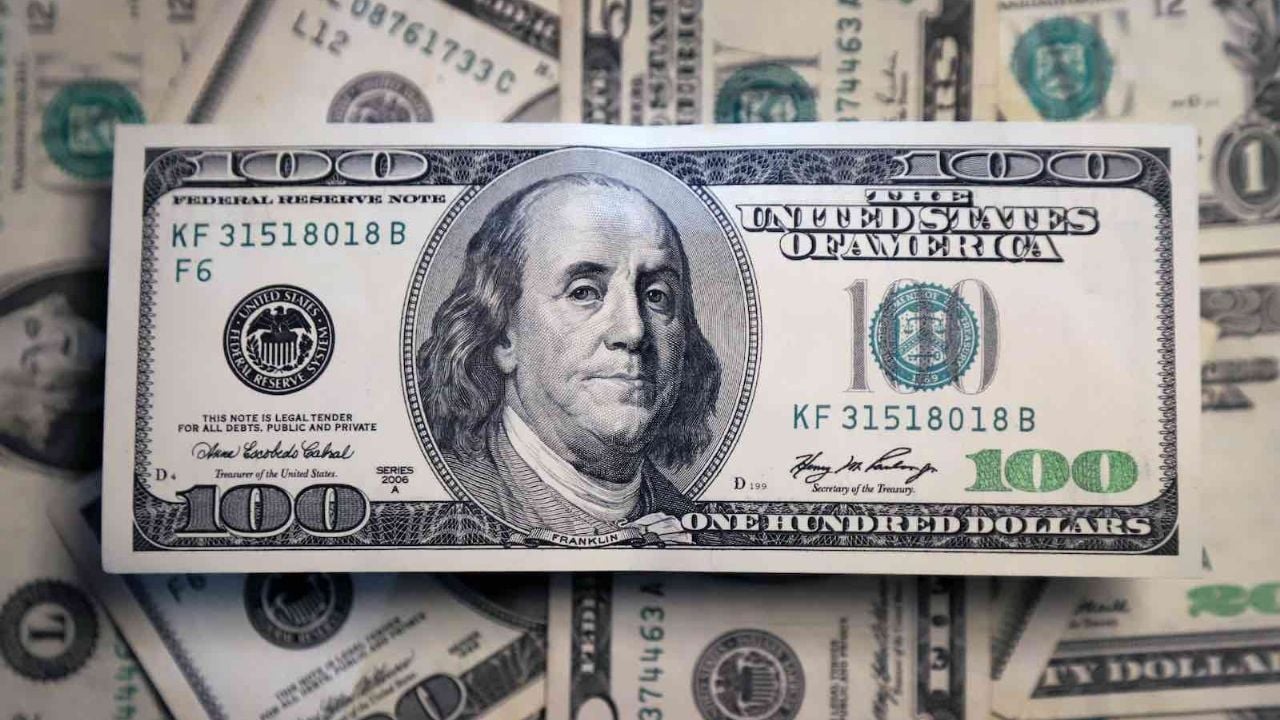The quote of the dollar In recent days, the dollar has once again shown the marked difference between the official dollar and the blue dollar, reflecting economic tensions and market expectations. The official dollar, controlled by the Central Bank of the Argentine Republic (BCRA), closed on Thursday, August 15 at $959.00 for sale and $919.00 for purchase.
This exchange rate is the one used for official and commercial transactions, and its value is determined by the monetary policy of the BCRA. The exchange rate is dollar The official exchange rate is a key reference for the Argentine economy, as it influences import and export prices and inflation.
On the other hand, the dollar The blue dollar, which operates in the parallel market, closed at $1,355.00 for sale and $1,325.00 for purchase. The blue dollar is a reference for the value of the dollar in the informal market, where supply and demand determine its price.
The gap between the official dollar and the blue dollar has remained wide, reflecting the lack of confidence in the economy and the exchange restrictions imposed by the government. This Friday, the blue dollar is quoted at $1,330 for purchase and $1,350 for sale. Meanwhile, the official dollar is quoted at $920 for purchase and $960 for sale.

Fountain: Dollar Today.
The difference between the dollar The exchange rate gap between the official and the blue dollar is an indicator of economic tensions in Argentina. The exchange rate gap, which in this case exceeds 40%, reflects the uncertainty and lack of confidence in the country’s economic policy.
Foreign exchange restrictions, known as “cepo cambiorio,” limit the amount of dollars that citizens can buy at the official rate, which drives demand in the parallel marketThe government has implemented these restrictions to protect the BCRA’s international reserves and control inflation.

Impact
However, these measures have also generated distortions in the market and have encouraged the emergence of a parallel market for dollarHigh inflation, expected to exceed 100% annually, and the devaluation of the Argentine peso are factors contributing to the demand for dollars as a safe haven.
The exchange rate gap has multiple effects on the Argentine economy. First, it affects imports and exports. Companies that need to import inputs or goods must do so at the official exchange rate, but they often face difficulties in accessing the necessary dollars. This can lead to product shortages and increase production costs.

















